1. Married Couples Had to Sleep in Separate Beds
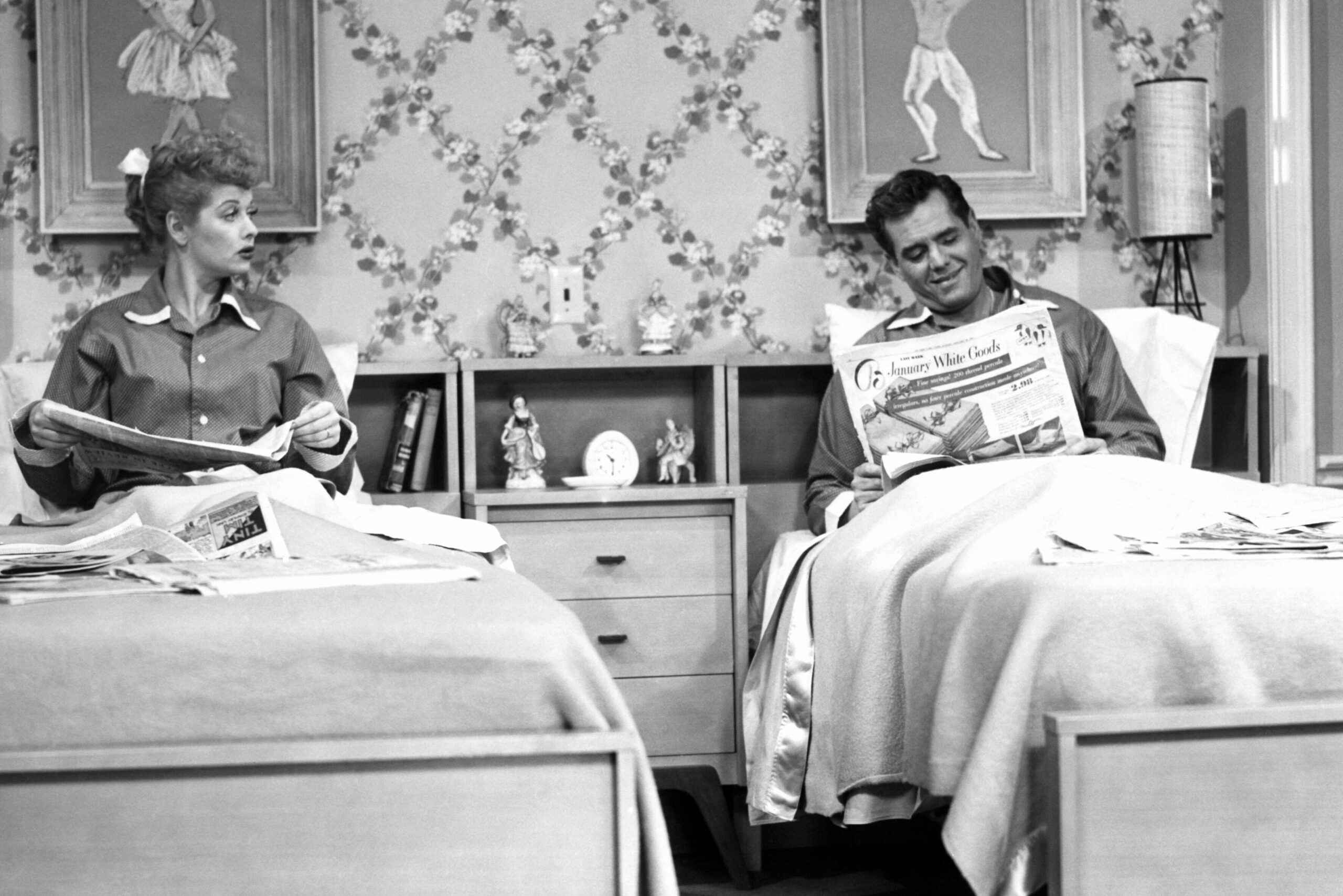
Imagine watching a show today where a married couple refuses to share a bed—not because of a fight, but because the network said so. That was the reality for TV in the ’50s. The idea of two people, even a legally wedded husband and wife, sharing a bed on screen was considered scandalous. Instead, couples were given two neatly made twin beds with a nightstand between them, as if they were just roommates. Even a simple touch across the gap could raise eyebrows. This rule was so strict that when I Love Lucy showed Lucy and Ricky Ricardo sleeping in the same room, they still had to be in separate beds. It’s hard to imagine this kind of censorship now, considering modern TV regularly features unmarried couples sharing beds—and much more. The funny thing is, audiences knew real-life married couples didn’t sleep like that, but the networks insisted on maintaining the illusion. It was all about “protecting” viewers from the supposed immorality of a shared blanket says Television Academy Interviews.
What makes this even more ridiculous is that Lucy and Desi Arnaz, the actors playing the Ricardos, were married in real life. They probably found the separate beds just as laughable as modern audiences do. It wasn’t until the ’60s that TV couples were finally allowed to share a bed, thanks to shows like The Flintstones and The Brady Bunch pushing the boundaries. By today’s standards, where TV romances are more open and realistic, this rule seems almost quaint. No one thinks twice about a married couple sharing a bed on screen now. The idea that a single piece of furniture could be considered inappropriate feels bizarre. If anything, viewers today would find it weirder to see a married couple avoiding the same bed. But back in the ’50s, the moral guardians of TV were convinced that even innocent co-sleeping could corrupt young minds.
2. Pregnant Women Couldn’t Say “Pregnant” on TV
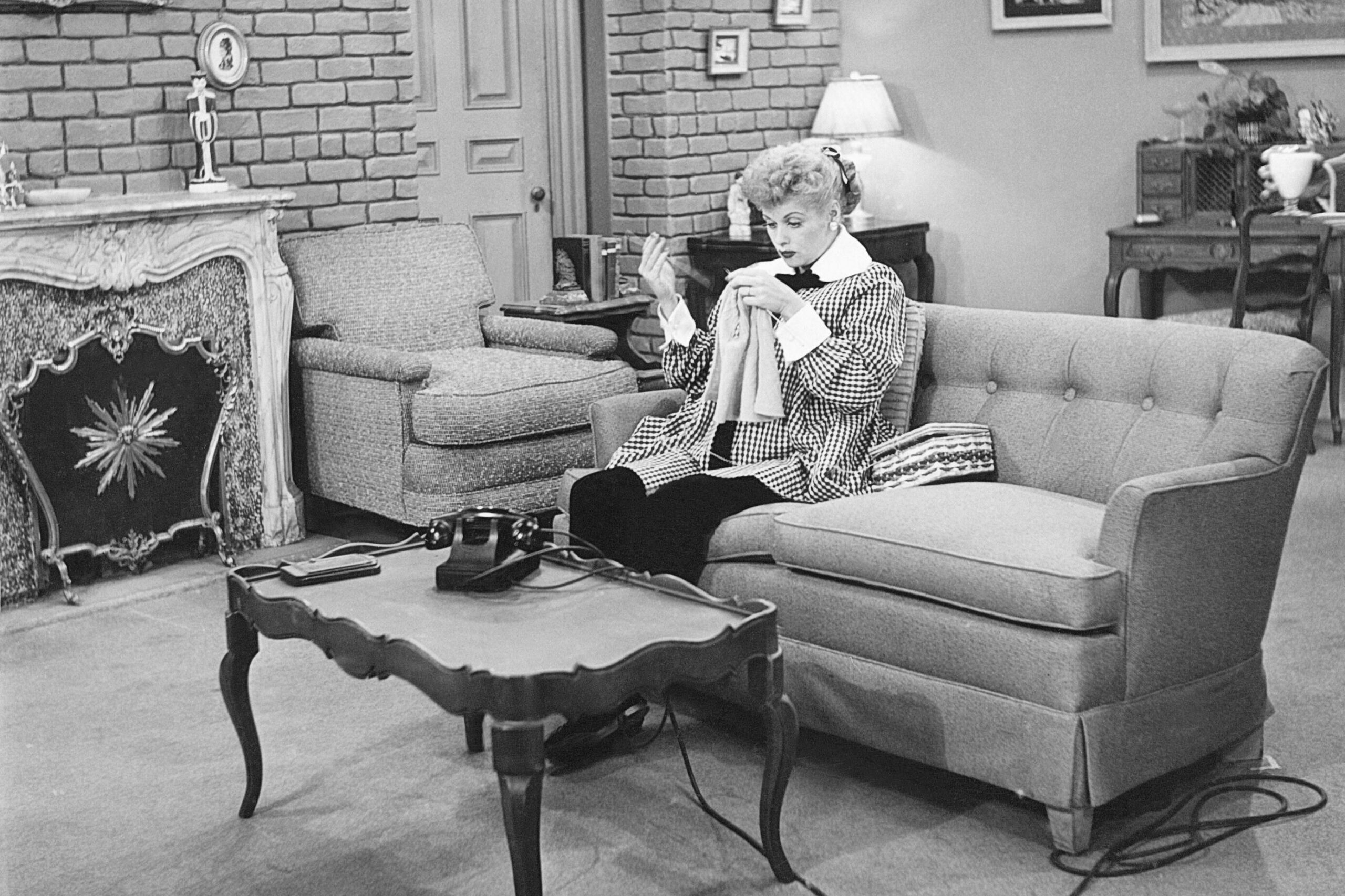
Yes, you read that right—pregnancy itself wasn’t banned, but saying the word “pregnant” was. The networks thought it was too suggestive, as if acknowledging pregnancy meant they were admitting that a couple had—gasp—been intimate. When Lucille Ball became pregnant while filming I Love Lucy, the writers had to carefully navigate how to address it. Instead of saying “pregnant,” they used the phrase “expecting.” The show even had to get approval from a priest, a rabbi, and a minister to make sure the storyline was “appropriate.” This was despite the fact that pregnancy was a completely normal part of life. Somehow, TV executives thought a baby bump was fine, but calling it what it was might be too much for the delicate sensibilities of the audience, explains George Mason University.
Fast forward to today, and TV handles pregnancy storylines with far more openness. Characters discuss their pregnancies, attend doctor’s appointments, and even give birth in dramatic, tear-jerking episodes. No one is clutching their pearls over the word “pregnant” anymore. Looking back, it’s funny to think that people thought the word alone was too racy. It’s not like anyone was unaware of how babies were made, but TV still tried to act like it was some kind of forbidden knowledge. The fact that this was a real rule enforced by censors just shows how drastically television has changed.
3. Women Had to Wear Skirts or Dresses—No Pants Allowed
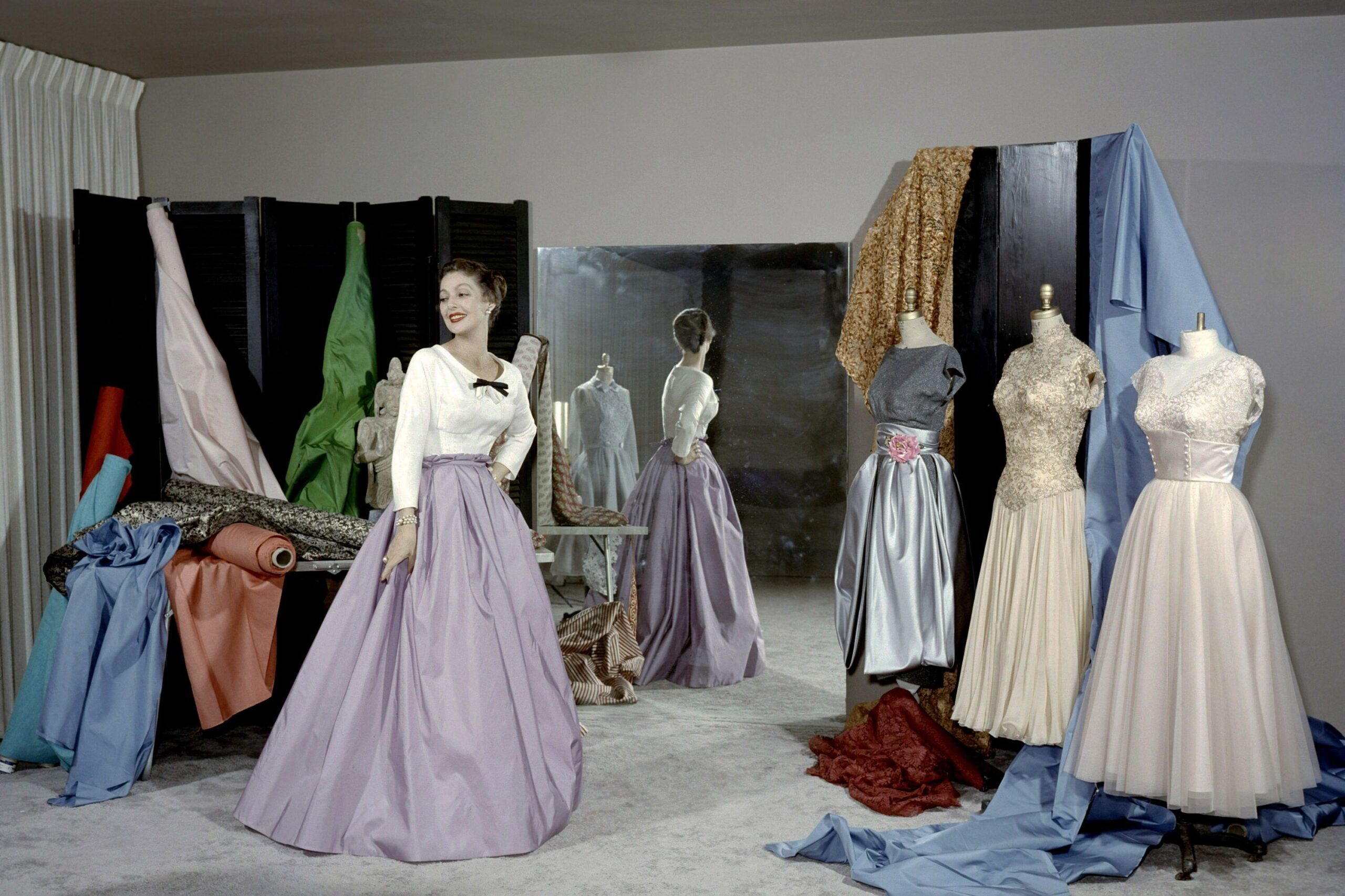
If a woman was on TV in the ’50s, she was expected to be dressed “appropriately,” which meant skirts or dresses at all times. Pants were seen as too masculine and, in some cases, even rebellious. This rule wasn’t just an unspoken expectation; networks actually enforced it. One famous example was Lucille Ball, who managed to wear pants on I Love Lucy because she argued they were practical for physical comedy. Even so, it was rare to see a woman on screen wearing anything but a dress, especially if she was playing a housewife. The idea that a woman wearing pants could be controversial sounds absurd now, but in the ’50s, TV reflected the rigid gender norms of the time says Wikipedia.
Today, no one bats an eye at women wearing jeans, suits, or whatever they feel comfortable in on TV. In fact, many female characters are praised for their strong, stylish looks that include pants. The idea that a piece of clothing could be seen as inappropriate just because of gender roles feels outdated. It’s proof of how TV used to reinforce very specific ideas about femininity and what was considered acceptable for women. It’s hard to imagine a show today where every single female character is forced into skirts just to be deemed “proper.” That kind of policing of women’s clothing seems ridiculous in hindsight.
4. No One Could Show Their Belly Button
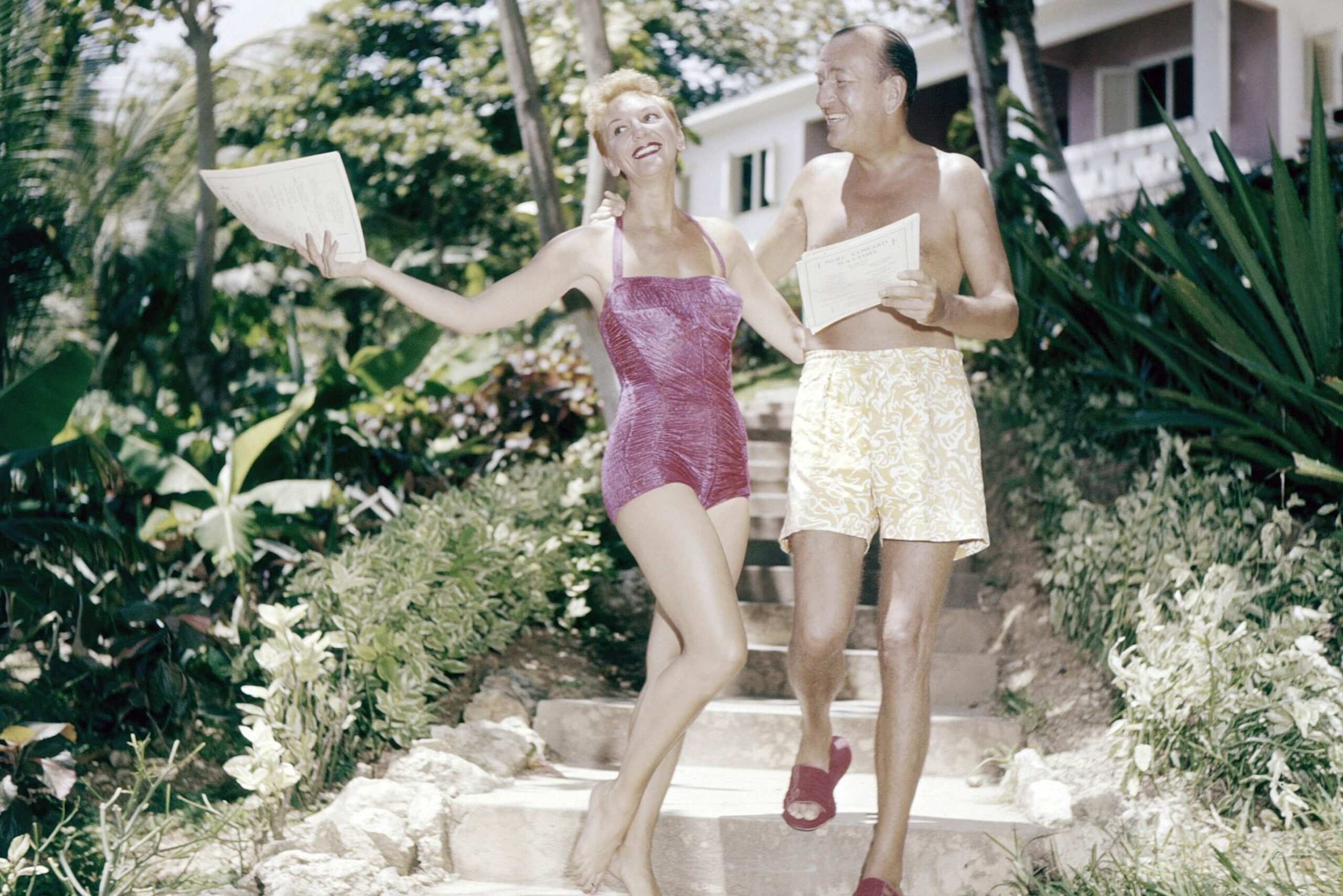
In the world of ’50s TV, a belly button was apparently considered too risqué for audiences. This rule mainly affected women, as midriff-baring outfits were strictly forbidden. One of the most famous examples was I Dream of Jeannie, which premiered in the ’60s but still had to abide by old-fashioned censorship. Barbara Eden, who played Jeannie, wore a revealing costume, but censors insisted that her belly button stay covered. It wasn’t even the idea of nudity that bothered them—just the sight of a navel was considered too suggestive. The absurdity of this rule is even funnier when you consider that bikinis were already becoming popular in real life.
These days, TV characters wear everything from crop tops to bikinis without a second thought. The idea that a belly button could be shocking feels laughable. Fashion has changed so much that even on family-friendly shows, characters aren’t expected to cover up like they were back then. The belly button ban seems like one of those rules that was in place just because people were afraid of changing social norms. Now, it’s just another reminder of how overly cautious TV used to be about the most harmless things.
5. Crime Had to Be Punished—No Matter What
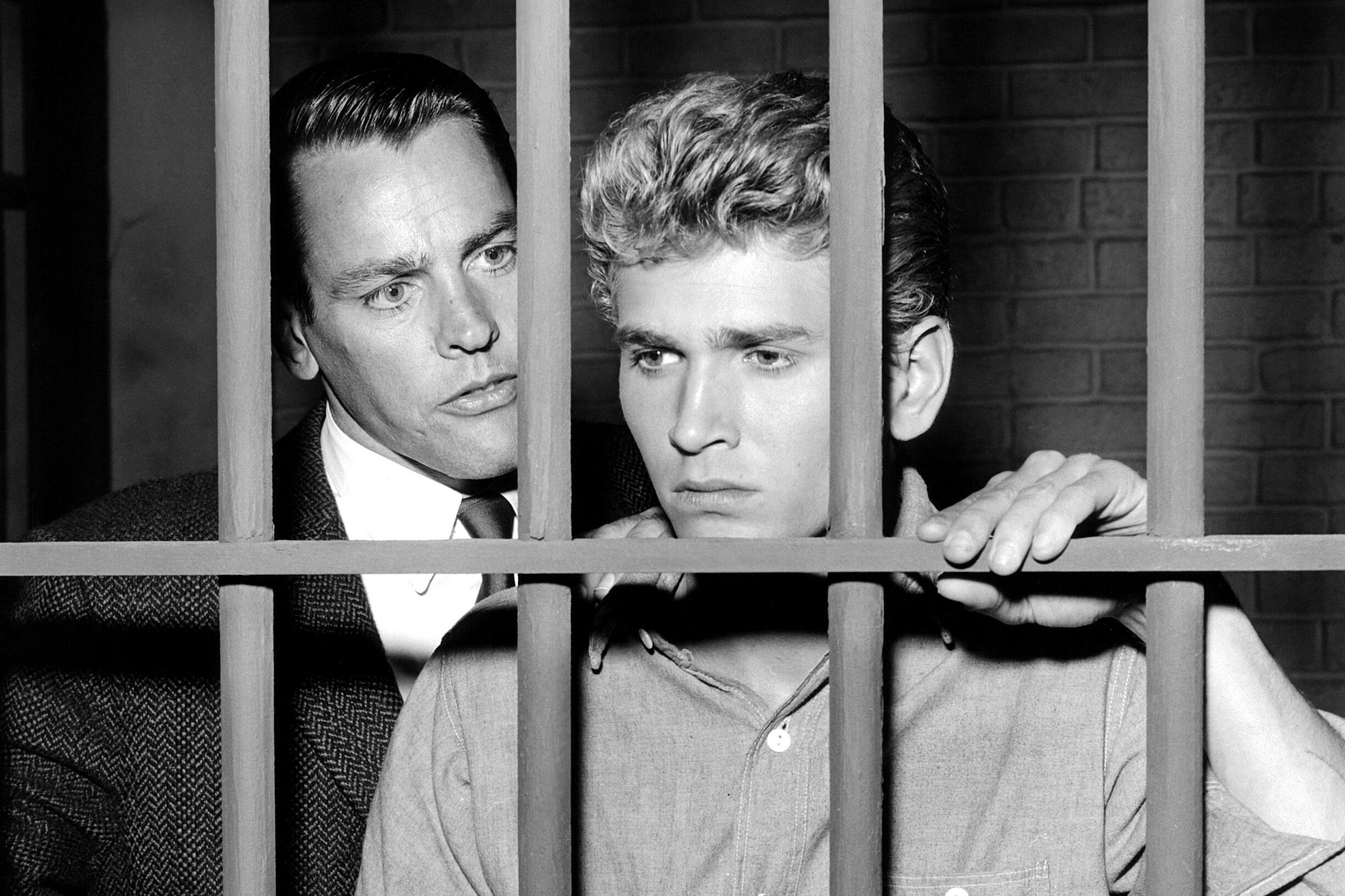
In the 1950s, TV shows had to follow strict rules about morality, and that meant crime could never go unpunished. If a character broke the law, they had to face consequences by the end of the episode. It didn’t matter if they had a good reason or if the story would have been more compelling with a morally gray ending. The belief was that if audiences saw someone get away with a crime, they might think it was okay to do the same. Even minor offenses, like stealing or lying, often had to be resolved with a lesson about right and wrong. This made storytelling much more predictable, as viewers could always expect the bad guy to be caught in the final moments.
Modern TV has thrown this rule out the window. Shows now explore the complexity of morality, and villains sometimes win. Antiheroes like Walter White in Breaking Bad or Tony Soprano in The Sopranos have shown that audiences are interested in complicated characters who don’t always get what they deserve. TV writers today have much more freedom to tell nuanced stories without having to stick to a black-and-white moral code. Looking back, it’s surprising that networks were so afraid of letting audiences think for themselves. The idea that crime always had to be punished on TV feels overly simplistic and outdated.
6. No Toilet Could Be Shown on Screen
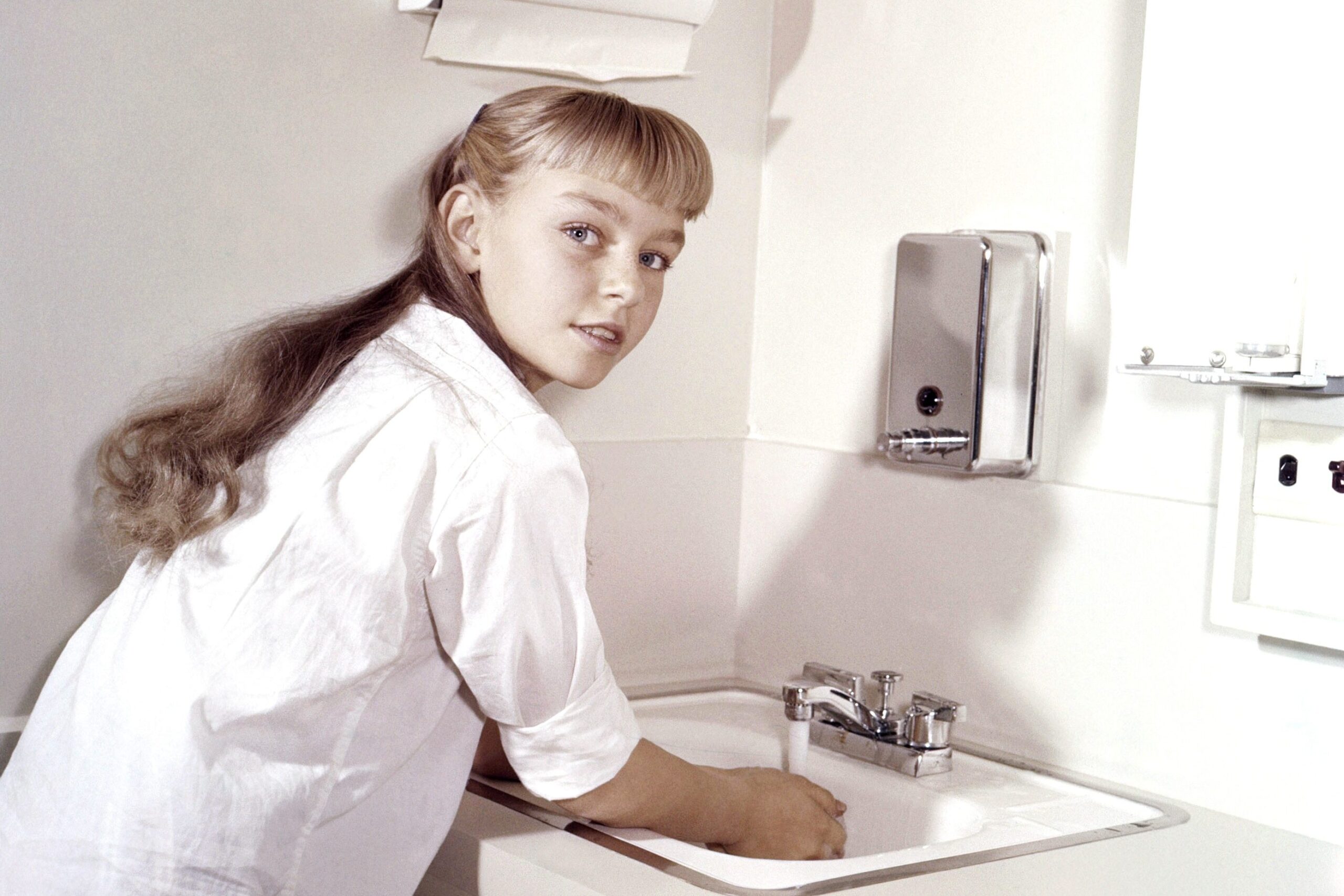
Believe it or not, toilets were considered too indecent for TV in the ’50s. Bathrooms could be shown, but the toilet itself had to be either hidden or left out entirely. The reasoning was that showing a toilet was too crude, as it reminded audiences of bodily functions—which, apparently, TV executives wanted everyone to pretend didn’t exist. This rule was so strict that when Leave It to Beaver wanted to show a toilet, they had to compromise. The show’s writers needed a scene where Beaver hid his pet alligator in the toilet tank. The network allowed them to show the tank, but the actual toilet bowl was strictly off-limits. It sounds absurd now, but this was a real restriction TV had to follow.
Nowadays, not only do toilets appear on TV all the time, but bathroom humor is a staple in sitcoms and animated shows. It’s almost funny to think that something as mundane as a toilet was once deemed too inappropriate. Shows now depict people brushing their teeth, using the bathroom, and even having conversations while sitting on the toilet. If anything, modern TV embraces realism in a way that the ’50s never could. The idea that an inanimate object was considered offensive just shows how overly cautious television used to be. Thankfully, this is one rule that was flushed away.
7. Kissing Had Time Limits
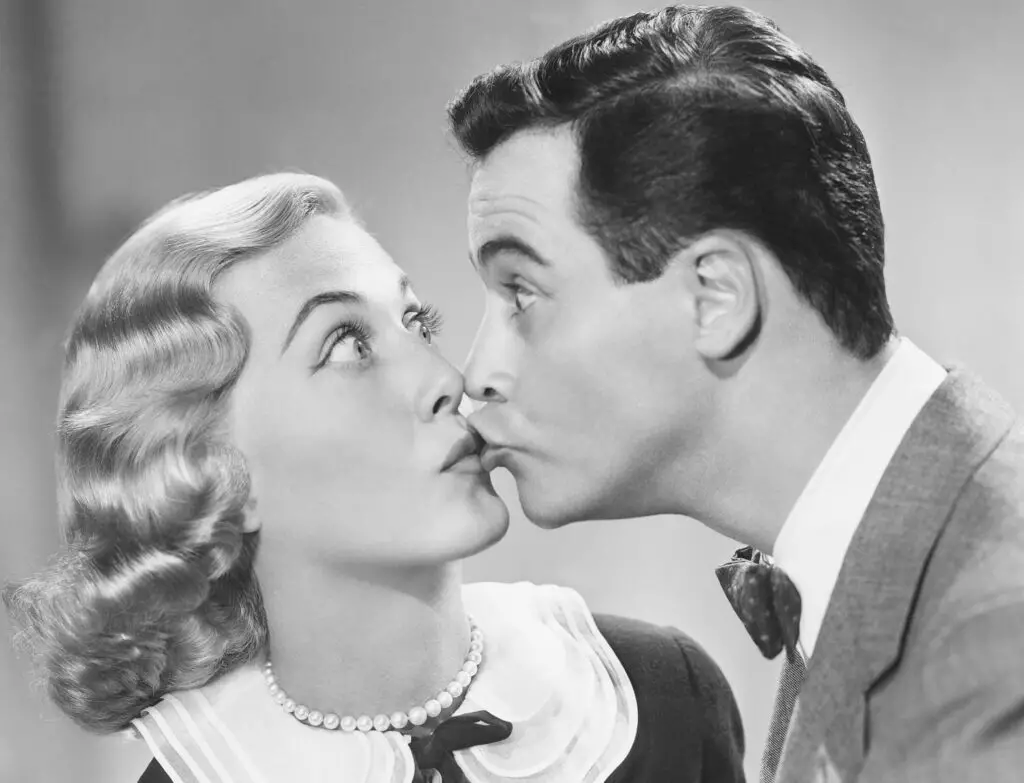
Kissing was allowed on TV in the ’50s, but only in very controlled ways. Networks enforced strict time limits, ensuring that no on-screen kiss lasted too long. If a couple locked lips for more than a few seconds, it was seen as indecent. Some shows even had to cut away from the couple mid-kiss to avoid pushing boundaries. The most famous workaround for this rule came from Alfred Hitchcock Presents. In one episode, a couple was allowed to kiss for longer than usual, but only if they kept moving around the room. By today’s standards, this seems like an unnecessarily complicated way to censor a completely normal expression of affection.
Now, kisses on TV are not only unrestricted in length, but they’re also much more passionate. From romantic dramas to sitcoms, couples kiss freely without anyone keeping track of how many seconds have passed. Looking back, it’s wild to think that a simple kiss had to be policed so carefully. The fact that networks once thought a five-second smooch was too risqué feels laughable. TV today allows relationships to be depicted more naturally, without awkward time limits on something as universal as kissing.
8. No Alcohol in “Respectable” Homes
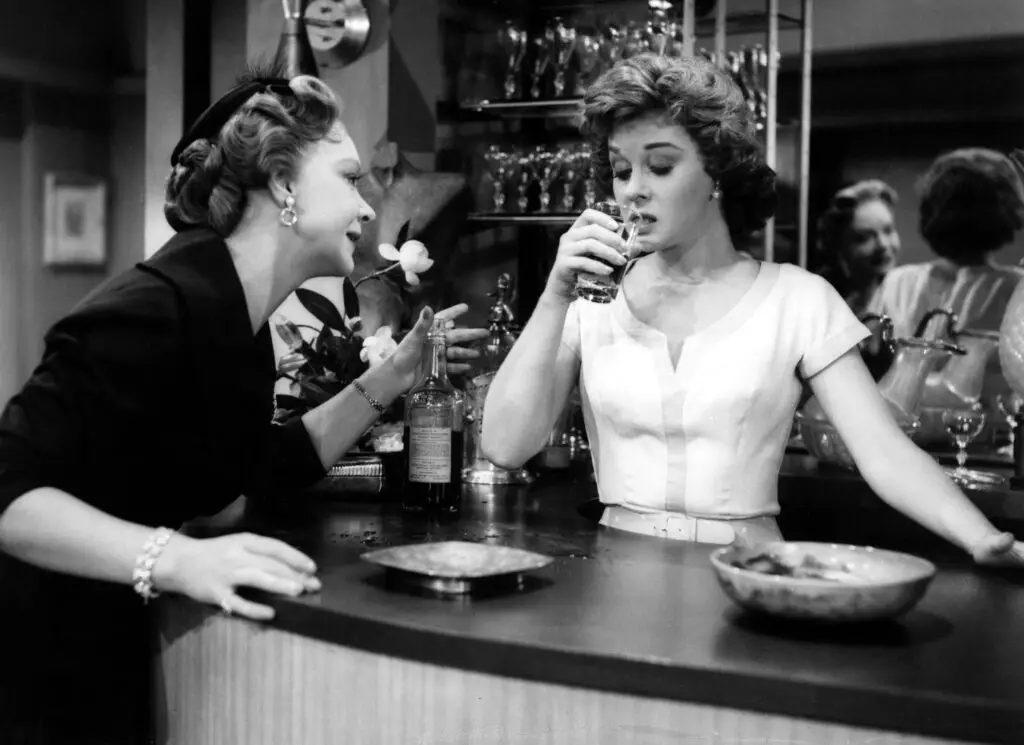
Drinking was not completely banned on ’50s TV, but it was heavily regulated. Alcohol could be shown in bars or in the hands of “bad” characters, but “respectable” families couldn’t be seen drinking at home. The logic was that television should promote good morals, and having a husband and wife share a glass of wine was apparently too scandalous. Even if alcohol was shown, it was often just implied rather than explicitly acknowledged. If a character poured a drink, they might refer to it as “punch” or “tea” to avoid controversy. It was another example of TV trying to create an unrealistic version of family life.
Compare that to today, where characters drink beer, wine, and cocktails in all sorts of settings. Whether it’s a dinner party, a celebration, or just a casual drink after work, alcohol is depicted naturally. Even family sitcoms have parents enjoying a drink now and then without it being a big deal. The idea that alcohol had to be hidden away seems silly when you consider how common it is in real life. TV has come a long way in reflecting reality instead of pretending that respectable people never touched a drink.
9. Women Couldn’t Be Too Independent
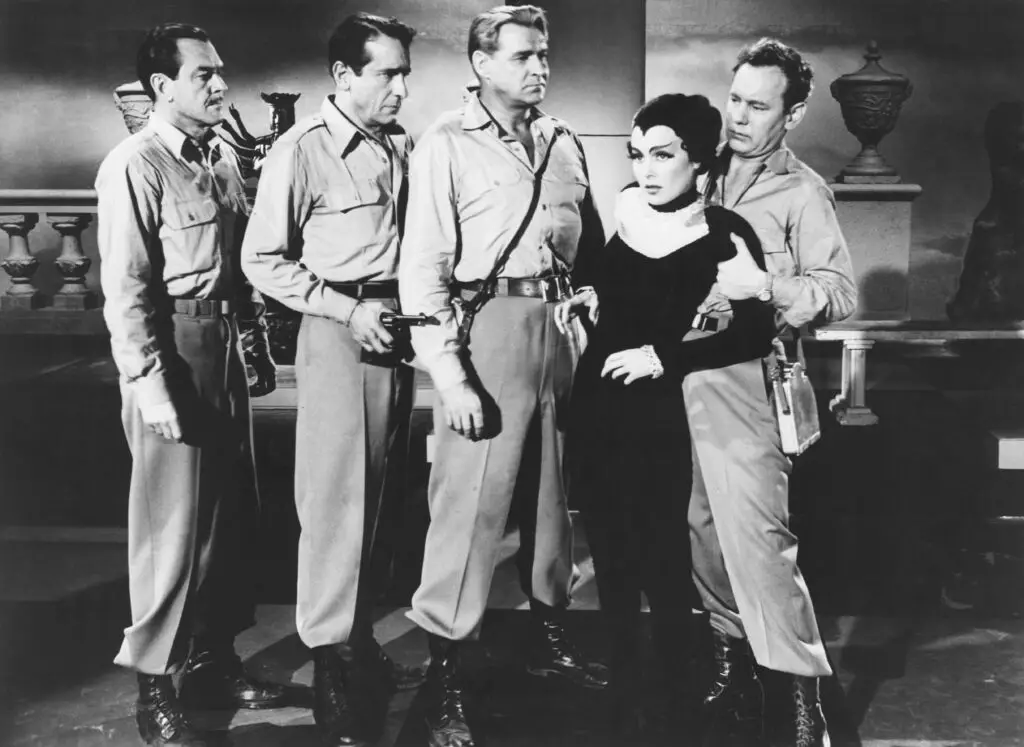
Women on TV in the ’50s were expected to fit a very specific mold: they were housewives, secretaries, or young women looking for a husband. A woman who was too independent, too career-focused, or uninterested in marriage was seen as a problem. Networks feared that depicting women as strong and self-sufficient would send the “wrong message” to audiences. Even when a female character had a job, she was often portrayed as clumsy or in need of a man’s guidance. The idea of a single woman being happy without a romantic partner was almost unheard of on TV.
Today, female characters have just as much depth and variety as their male counterparts. Women play doctors, lawyers, detectives, and business leaders, and their stories don’t have to revolve around finding a husband. Shows like The Mary Tyler Moore Show in the ’70s helped pave the way for more independent female leads. Looking back, the way women were portrayed in the ’50s feels incredibly outdated. The idea that a woman’s only role was to cook, clean, and raise children seems ridiculous now. Thankfully, TV has moved on from these restrictive gender roles.
10. Guns Were Allowed, but Blood Wasn’t
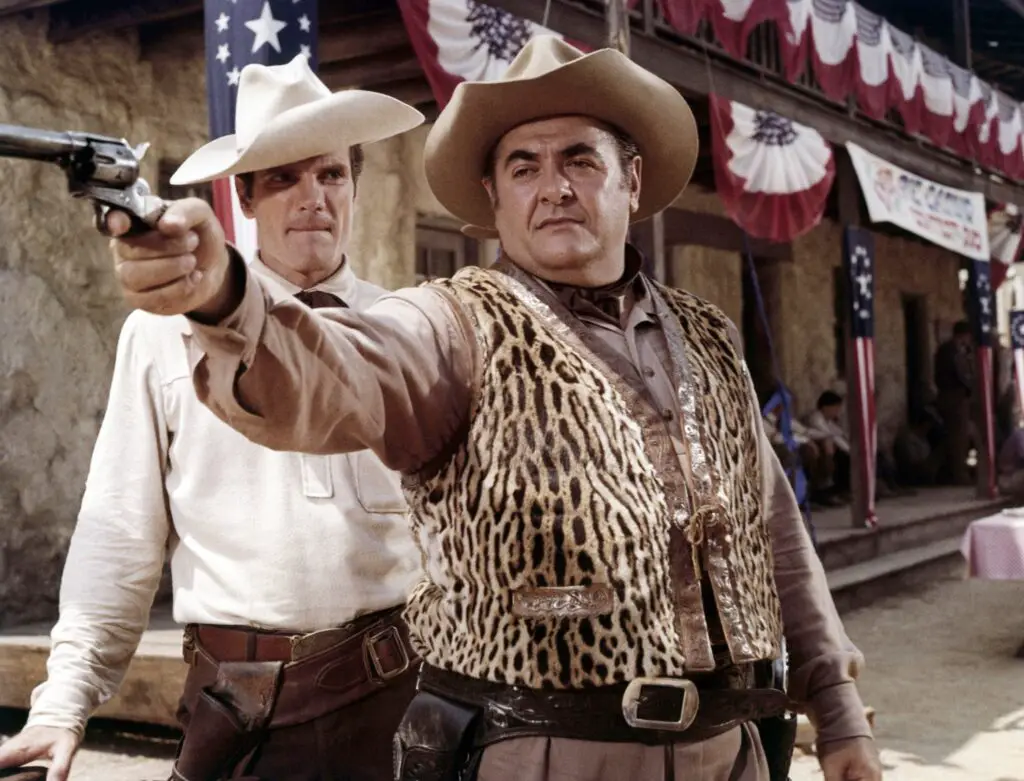
Violence on TV was a tricky subject in the ’50s. Gunfights were a common feature in Westerns and crime dramas, but there was one major rule: no blood. A character could get shot, fall dramatically to the ground, and even die—but there couldn’t be any visible wounds. The reasoning was that blood was too graphic and unsettling for audiences. This led to a strange dynamic where TV violence was sanitized to the point of being unrealistic. A cowboy could get shot multiple times and still look perfectly clean as he collapsed.
Modern TV takes a much more realistic approach to violence. Shows like CSI, The Walking Dead, and Game of Thrones don’t shy away from showing injuries in detail. Audiences today expect more realism in action scenes, making the bloodless gunfights of the past seem almost cartoonish. It’s strange to think that TV once tried to present gun violence as clean and consequence-free. This old rule may have been meant to protect viewers, but in hindsight, it made TV violence feel oddly artificial.
11. No Divorce Could Be Mentioned
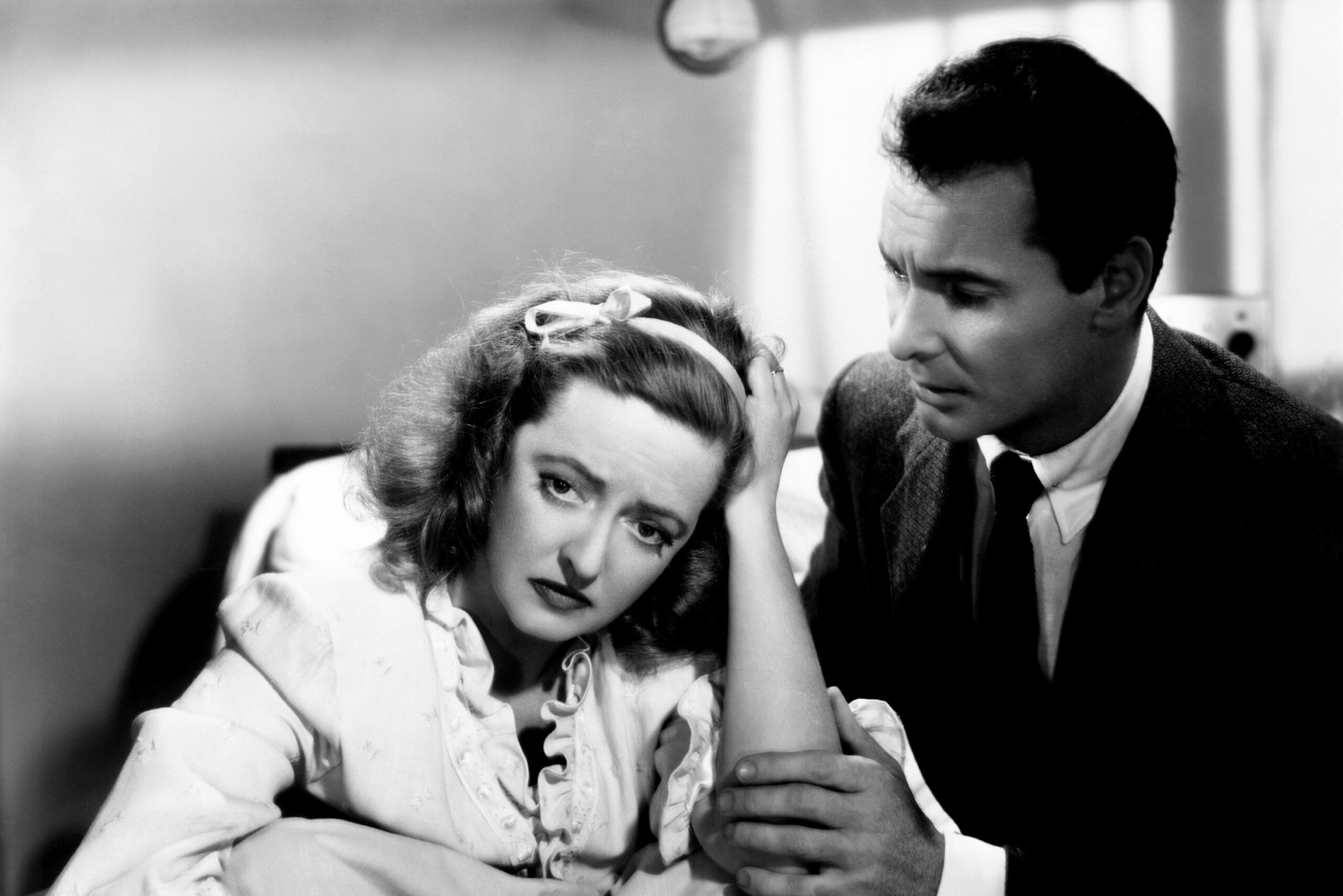
In the 1950s, TV was all about presenting the ideal American family, which meant divorce was practically nonexistent. If a character was single, it was usually because they were widowed, not divorced. Networks feared that even mentioning divorce would encourage it in real life. If a marriage had problems on a show, the couple always worked things out rather than splitting up. The idea was to reinforce the belief that families should always stay together, no matter what.
Now, divorce is openly discussed in TV storylines. Shows like Friends, Modern Family, and This Is Us have portrayed divorced characters in a realistic and sympathetic way. TV today recognizes that relationships don’t always last forever, and that’s okay. The idea that divorce had to be completely hidden from audiences now seems absurd. Trying to pretend that every marriage was perfect was never realistic, and thankfully, TV has moved past that outdated mindset.
12. All Villains Had to Have an Obvious “Bad” Trait
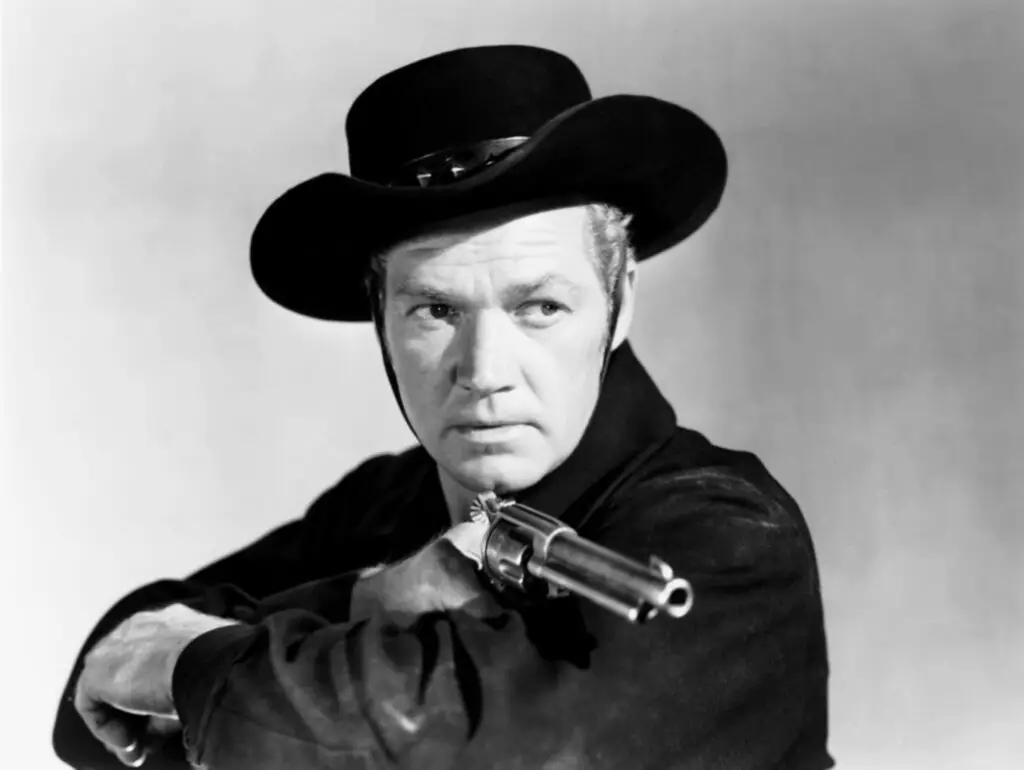
In the ’50s, villains on TV had to be clearly marked as the bad guys. This often meant exaggerated evil laughs, dark clothing, or physical deformities to make them look menacing. Networks wanted to make sure there was no confusion about who was good and who was bad. This led to overly simplistic storytelling where characters were either completely good or entirely evil. There was little room for nuance or morally complex villains.
Today, TV thrives on complicated, well-developed antagonists. Some of the best characters in modern shows are villains who have depth, like Walter White, Cersei Lannister, or Killmonger. Audiences now appreciate stories where the lines between good and evil are blurred. Looking back, the old approach to villains feels almost childish. The idea that TV once required bad guys to be so cartoonishly obvious just shows how far storytelling has evolved.
